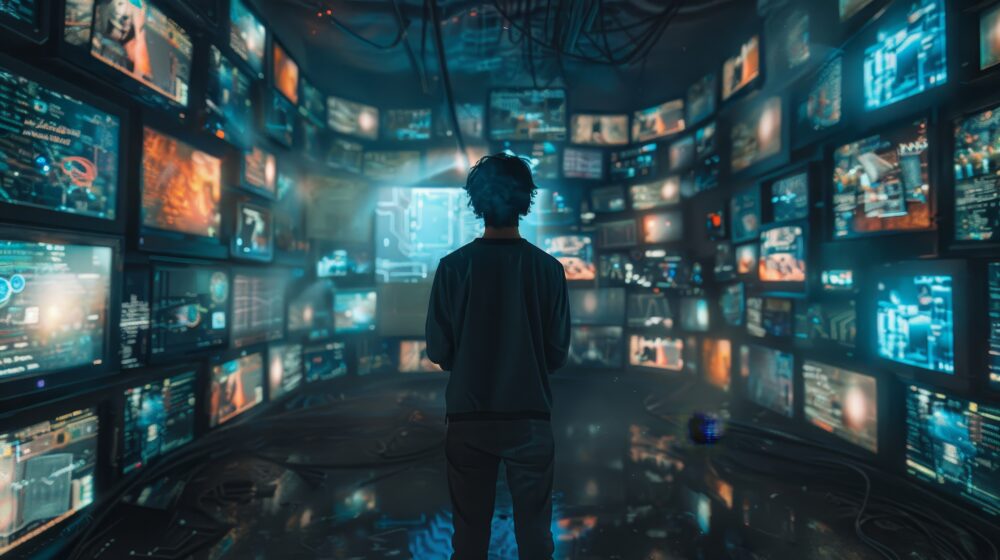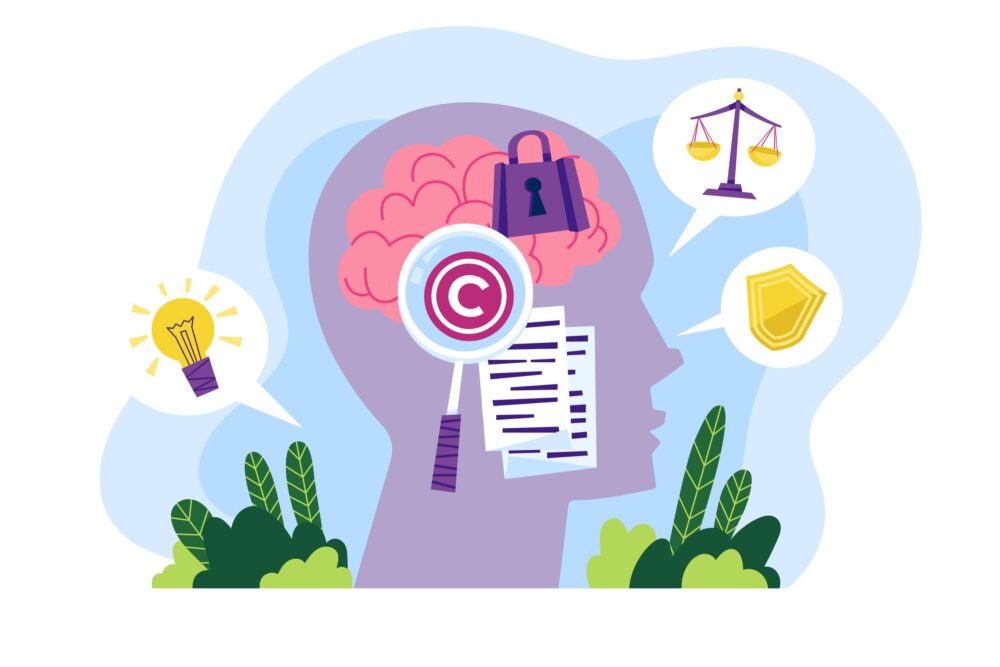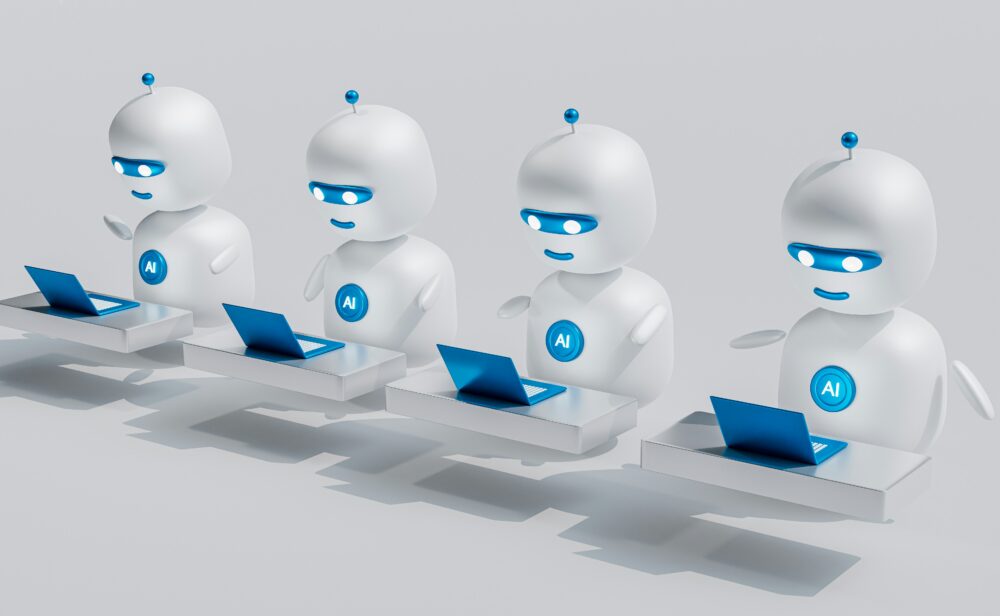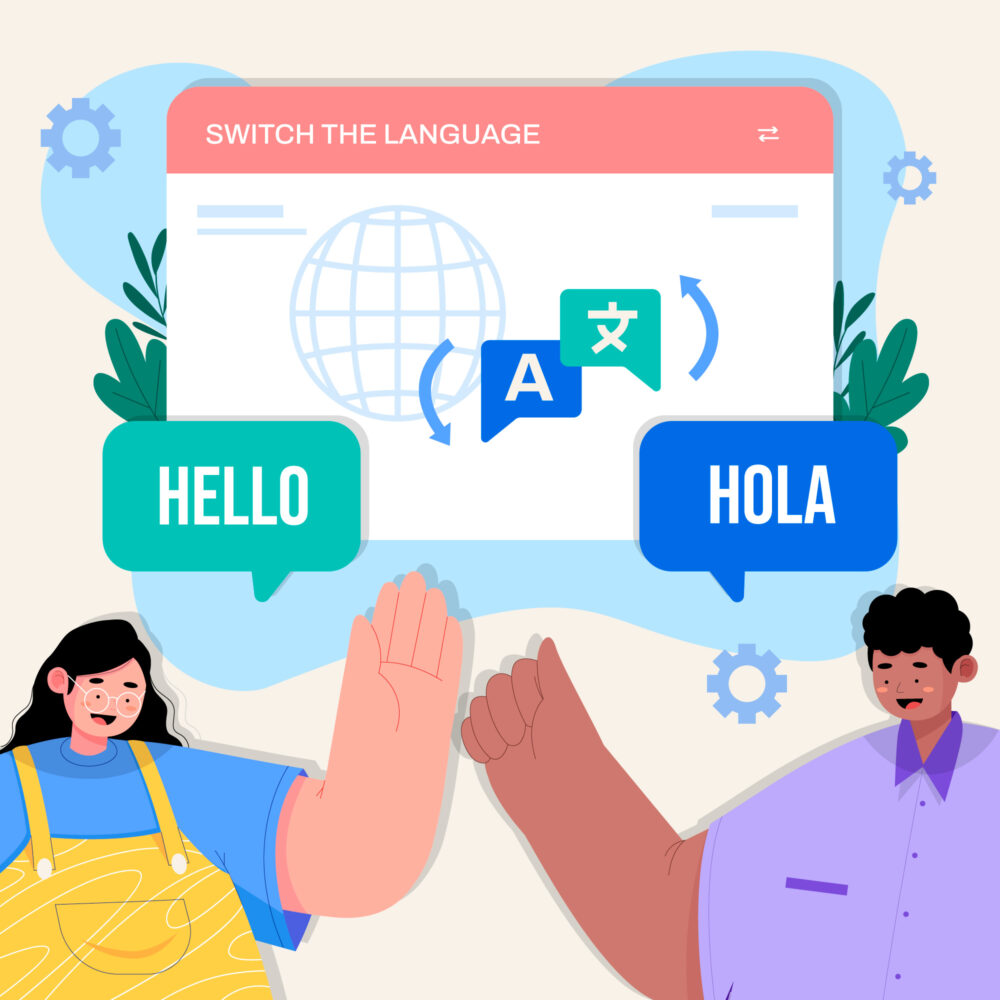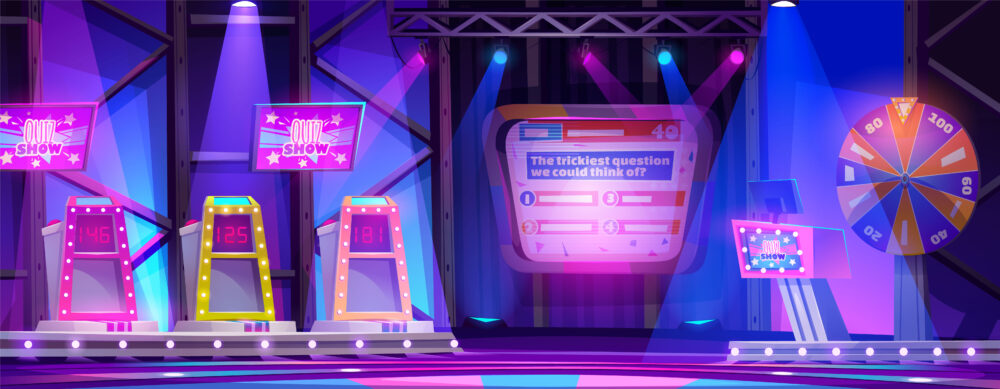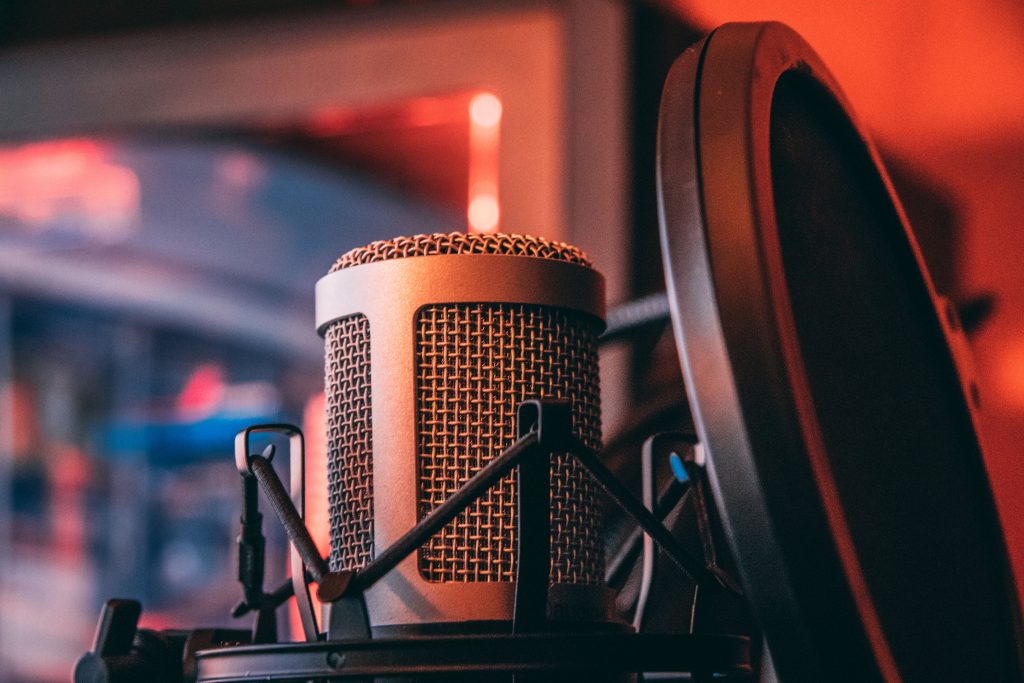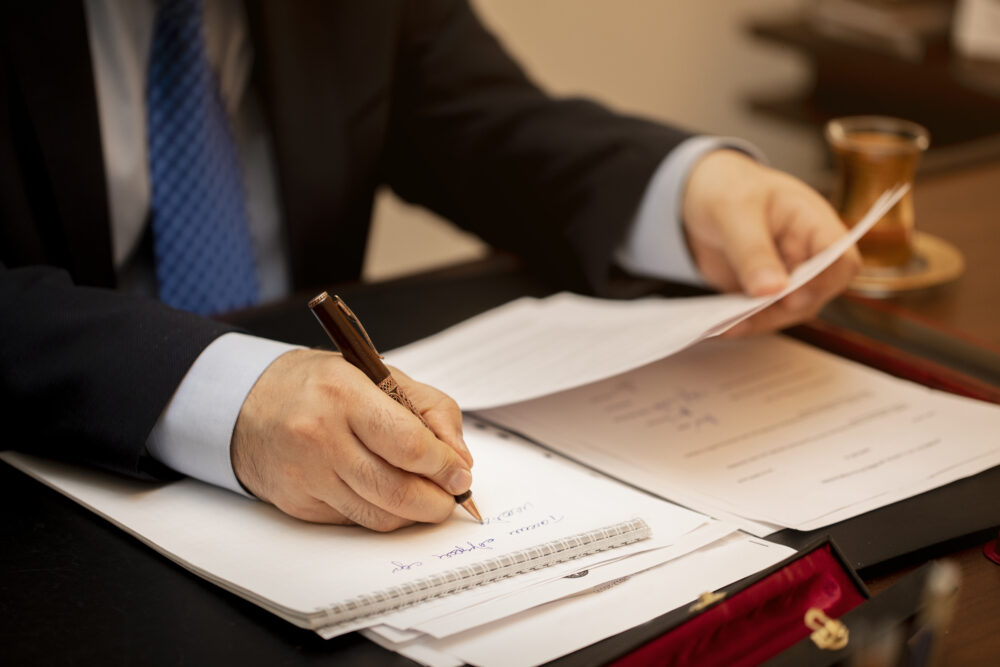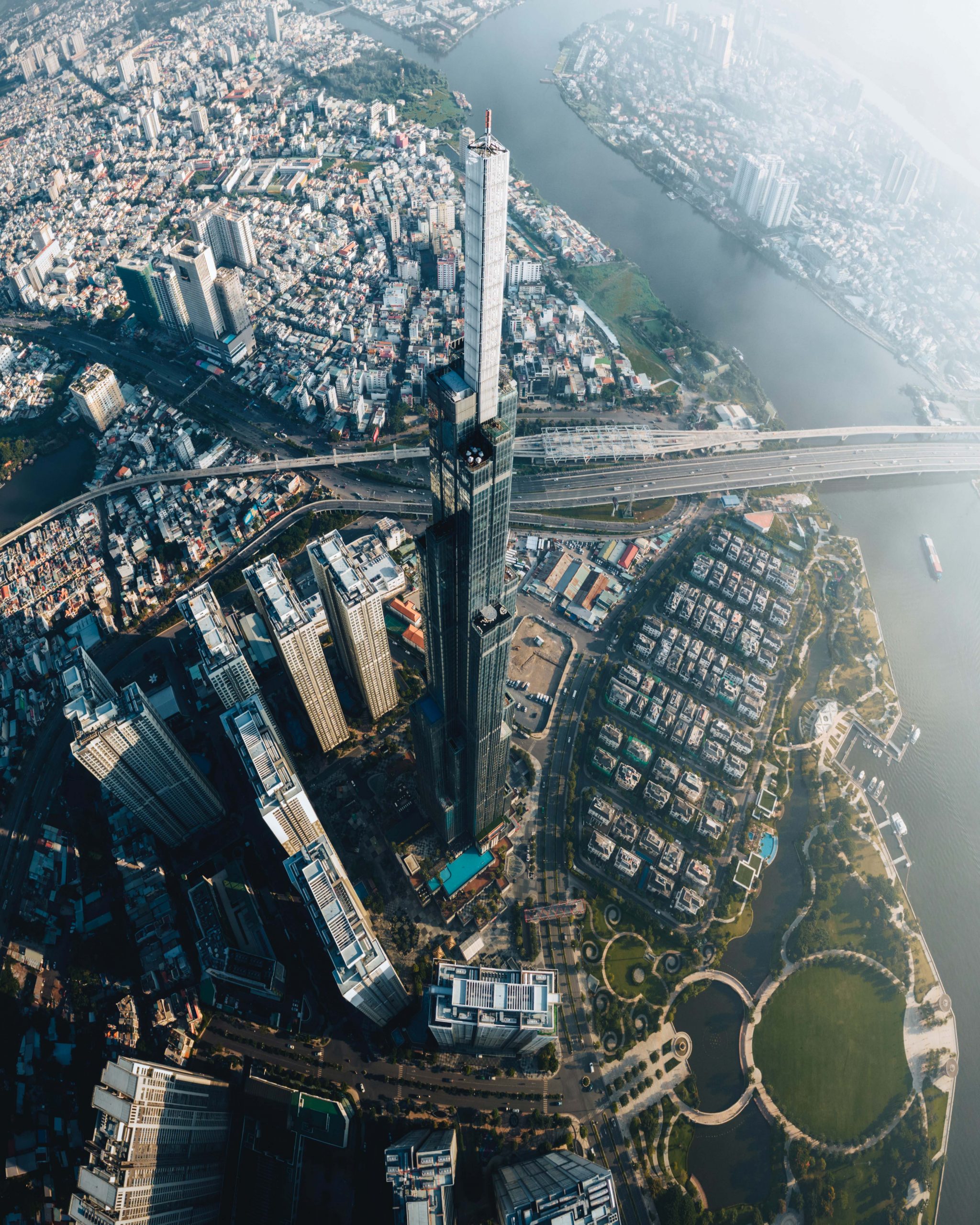For those who are fans of Korean or Chinese dramas, films adapted from comics or novels are likely familiar. Recently, “First Frost” a phenomenon on online streaming platforms adapted from the number-one novel on Jinjiang Literature City by author Zhu Yi, and “The trauma code: Heroes on call” adapted from the famous webtoon “Severe Trauma Center” are gradually becoming global phenomena. From the perspective of producers and original authors, a successful adaptation not only creates buzz but also enhances the reputation and commercial value of both the original and adapted works.
However, from a legal standpoint, these adapted works raise several issues related to copyright. How are adapted works protected? Who is the author or copyright holder of these works? This article will analyze and comment on the legal aspects surrounding copyright in works adapted from novels or webtoons to clarify the scope of rights of the parties involved and potential legal issues that may arise in practice.
1. How Copyright protects Adaptation works
Films are creative works derived from various sources, such as novels and comics. These adapted or derivative films are identified as derivative works. Derivative works are defined in the Law on Intellectual Property as works created based on one or more pre-existing works through translation from one language to another, adaptations, compilations, annotations, selections, modifications, musical adaptations, and other transformations. Adapted works and modified works are both based on the original work and are considered derivative works, however, there are distinctions between the two:
- “Tac pham chuyen the”: are works that are re-edited, rewritten, rearranged, or changed in form of expression from the original work to meet specific purposes and requirements in a particular case. The content of a derivative work may be entirely different from the content of the original work.
- “Tac pham cai bien” are works transformed from one type to another or works expressed by artistic techniques different from the adapted work within the same type. In essence, the form of the work is entirely different from the original work, such as a work adapted from a comic to a film. However, the content is based entirely on the original work, without any modifications.
Many national laws do not distinguish between adapted works and derivative works, these works are generally referred to as “adaptations”. In general, derivative work has the following key features:
- It is based on one or more pre-existing works.
- Its form of expression is entirely different from the original work, as derivative works are not copies of the original work. It is important to note that works that “borrow ideas” from existing works are not considered derivative works. Based on the principle of copyright protection, copyright is established in the form of expression of the work, not the content/ideas of the work.
- It must have originality: Similar to original works, derivative works are created by the author without copying any other works. It is crucial to distinguish that derivative works are created by the author or individuals/organizations authorized by the copyright holder. In cases where a work is created as a derivative work without the permission of the copyright holder, it is considered copyright infringement.
2. Copyright in Derivative Works
Creating a derivative work is an exclusive right of the copyright owner. Therefore, for derivative works not created by the copyright owner of the original work, the organization or individual must obtain permission from the copyright owner and pay royalties or other material benefits (if any). However, the author’s moral rights in the original work are always protected, as moral rights are non-transferable. Additionally, if the derivative work infringes the right to “protect the integrity of the work, preventing others from distorting, modifying, or cutting the work in any form that prejudices the author’s honor and reputation” the organization or individual creating the derivative work must obtain the author’s written consent. In summary, a derivative work is protected if and only if it does not prejudice the copyright in the work used as the basis for the derivative work.
For works created based on one or more existing works but with a form of expression “sufficient” to create a new work, the work may be protected as an independent work. However, current Vietnamese law does not specify what is considered “sufficient”.
Regarding the naming of derivative works, the author of the original work has the right to name the derivative work, as moral rights are non-transferable. However, the author’s right to name does not apply to derivative works.
See more:
1/ Copyright Issues in Reality Television Shows
2/ Copyright infringement of cinematography works
Disclaimers:
This article is for general information purposes only and is not intended to provide any legal advice for any particular case. The legal provisions referenced in the content are in effect at the time of publication but may have expired at the time you read the content. We therefore advise that you always consult a professional consultant before applying any content.
For issues related to the content or intellectual property rights of the article, please email cs@apolatlegal.vn.
Apolat Legal is a law firm in Vietnam with experience and capacity to provide consulting services related to Intellectual Property Rights and contact our team of lawyers in Vietnam via email info@apolatlegal.com.









